
Gamelan is one of the richest musical traditions in the world. It is also one of the most complex because gamelan is more than just a style of music—it is a way to make instruments, create an ensemble, and even organize important parts of social life. Gamelan describes not just a sound but the complex process and relationships that produce it. Native to Indonesia, the traditional ensemble has roots in pre-Hindu, Buddhist, and Muslim-influenced mythology that goes back approximately 2,000 years; it has also been a deep influence on branches of modern music in the West.
At the core of gamelan music are percussion instruments predominantly made out of metal and tuned to specific scales, most often five- or seven-note ones. Because the tuning is literally built into the instrument, each ensemble has its own unique sound and music that they make, and many ensembles use multiple sets of instruments so that they can play in more than one tuning. Each instrument has a specific role in the ensemble, and they are often built in pairs with a slight difference in tuning frequencies, which is calibrated specifically to produce exact difference tones, or sonic beating, between the two. The speed of this beating can have specific expressive, philosophical, and religious meanings beyond how it enriches both the harmonies and timbres of the music.
With music tied to instruments that are big and difficult to transport, gamelan has a sound and style that is unique to each community, and there are larger, subtle regional differences between Balinese, Javanese, and Sundanese gamelan. The instruments are often owned by a community or village, the members of which are called to play in the ensemble. Musical background is irrelevant as gamelan is as much, if not more, a social activity as it is a musical one, and rigorous rehearsal is in some ways more important than giving a performance in front of an audience. And those performances cover everything: religious, social, and seasonal rituals and ceremonies; dance and shadow-puppet performances; pleasure; and regular—and very serious—competitions between villages and ensembles.
Gamelan music made its first deep impression on the West through the 1889 Paris Exhibition. There, Claude Debussy was dazzled by the sound of an ensemble, although he did not adopt any of its influences in his own music. But modern composers in California, looking west over the Pacific Ocean, based important music on gamelan ideas, from John Cage adopting timbres to Lou Harrison building his own gamelan instruments and ensembles and writing music for them. The fundamentals of gamelan structure—the multiple pulses and rhythms, the layering and looping of patterns on top of each other, and the ringing sound of the percussion—have become part of the toolkit for musicians from classical music to folk, rock, and beyond in the 20th century. And there are some excellent gamelan releases, traditional and modern, from Indonesia and the West on Bandcamp.
Gamelan Semar Pegulingan
Bali – Semar Pegulingan – Teges Peliatan
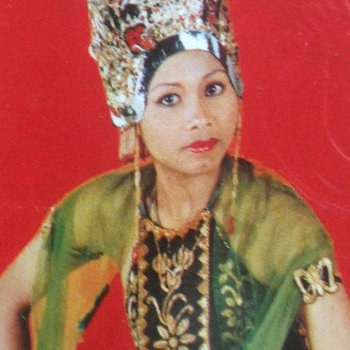

The place to start is Super Cassettes Indonesia, founded by Ryan Mbira and Evan Ziporyn, a former member of the Bang on a Can All-Stars who started gamelan Galak Tika at MIT. The label collects cassette recordings from Indonesia of all types, not just gamelan. This Balinese ensemble is perhaps the most famous of its kind. First heard worldwide on Nonesuch’s Explorer Series, they play a style of gamelan originally made for the Balinese royal courts, which were dissolved under the Dutch, who ran Indonesia as a colony from the 17th century until the aftermath of World War II. The instruments themselves were housed by Canadian composer Colin McPhee, who lived for years in Bali, studying the music, incorporating gamelan into his own work, and eventually writing the first major study of gamelan, Music in Bali: A Study in Form and Instrumental Organization in Balinese Orchestral Music. This cassette also features compositions by 20th-century gamelan composer I Wayan Lotring.
Keluarga Karawita Studio R.R.I. Surakarta
Genderan Srikaloka – Java
This beautiful cassette is credited to an anonymous Javanese gamelan and features flute and the vocals of singers Tugini and Tukinem. That instrumentation, in some ways, distinguishes the Javanese style, which generally has a slower pulse and softer timbre than Balinese gamelan. Listen for that mellow, stately pace, and also the dancing handclaps and free vocal swoops. The music expresses some of the desired pace of life but also the tremendous, indescribable complexity of each living moment.
Aan Kurniasih with Group Mitra Salira
Di Radio – Sundanese Jaipong
While pop music has swamped Indonesia just as it has the rest of the world—and, in part, prompted UNESCO to declare gamelan an Intangible Cultural Heritage of Humanity—gamelan can adapt, as in this pop-tinged album based in the Sundanese style, which, like Javanese, is generally softer and slower than Balinese. This style is from the western part of Indonesia, where gamelan arrived relatively later (Indonesia is a massive nation.) There it crossed with Hindu vocal music styles that were making their way eastward. You can hear that influence in Aan Kurniasih’s graceful vocals; underneath, what sounds like a near-funk beat floats in and out of the music.
Musicians of the STSI Denpasar
Music of the Gamelan Gong Kebyar
As the palace style of Balinese gamelan waned in the 20th century, it was superseded by the gong kebyar style created by modern Indonesian composers. The musicians on this album are led by one of those composers, I Wayan Berata, and play several of his pieces and his arrangements of other works. Released on the Vital Records label, another source for important Balinese recordings, this album captures the tremendous sound of the gamelan: at times delicate, at others overwhelming. The music is often propulsive, but Berata’s modern thinking also makes room for more spacious, slower, quieter ideas.
Dewa Alit & Gamelan Salukat
Chasing the Phantom

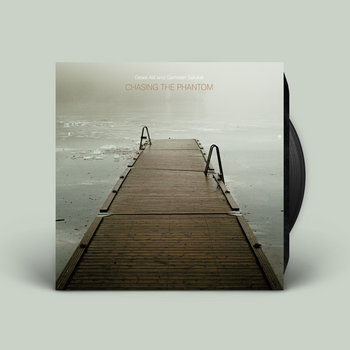

Vinyl

Dewa Alit is a contemporary gamelan composer using traditional instruments and working out of the Balinese style. Gamelan Salukat is his own ensemble, and it uses his own variations on Balinese scales and his extensions of instrument-playing techniques. The music taps into the 2000 years of energy from the tradition and combines it with more modern ideas about structure and form. This makes for tremendously exciting and dramatic and danceable music, like a symphony and a rock band put together.
Zemi17
Gamelatron Bidardi


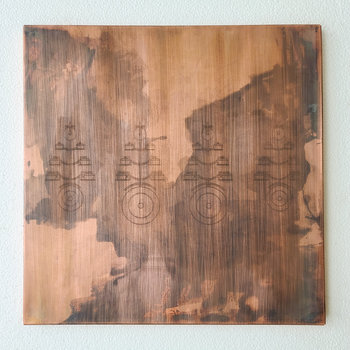
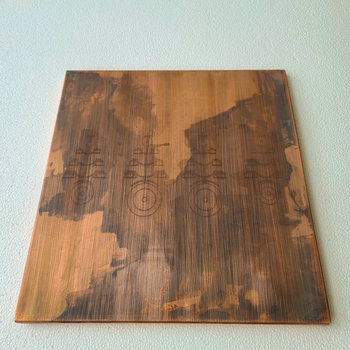




Vinyl LP




A sonata can be for a piano or violin, but gamelan music can only be for a gamelan ensemble; it’s two sides of the same coin. Zemi17’s Gamelatron is a contemporary embodiment of that: it’s a sound sculpture, a self-contained metallic instrument that produces the sounds of a gamelan through a programmed piece, a robot-gamelan-musician-instrument. Artist Aaron Taylor Kuffner has previously used it to combine gamelan sonorities with dance beats, but this album is solely the ringing, layered, beautiful tones of the sculpture, coming together into a modern hybrid of traditional styles.
Barbara Benary
8442A – Gamelan Son of Lion (Part1)


Gamelan and new music (in the Western compositional tradition) have been important and wonderful partners since the 1930s. This famous American ensemble is, then, both a traditional and new music group. It was formed in the mid-1970s by musicians including Barbara Benary, who built the instruments. This album is one of an archival series, and has two works by Benary. Describing what the music is means going back to the idea that gamelan is both music and the instruments that make that music; Benary built this in the Javanese style, so her new pieces have gentle pulses, are full of space, and are the sound of contemporary ears thinking about scales that are thousands of years old. Time collapses into an eternal present.
Nora Skuta
John Cage: Sonatas and Interludes for Prepared Piano


When John Cage created this piece, he was in the process of working out ideas about organizing music around proportions of rhythm rather than melody and harmony. That idea was already a natural companion to how gamelan music had been made for eons. Cage had heard the Indonesian art, and undoubtedly had it in his head when he began experimenting with putting screws, erasers, and other objects inside the piano strings, “preparing” it. Heard in the context of gamelan, the influence is absolutely unmistakable, a beautiful example of how old ideas, constantly renewed, don’t sound dated.
eklekto – ensemble 0
6 Pieces for Gamelan Slendro

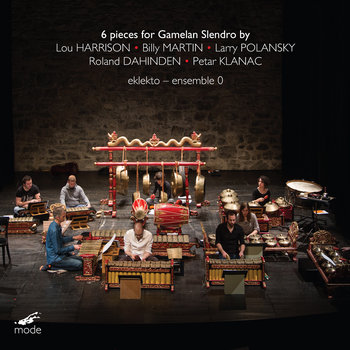

Compact Disc (CD)

Lou Harrison was the greatest of all Western Gamelan composers. He was heavily influenced by music across the Pacific, including from China and Japan, but nowhere more so than from Indonesia. His “Philemon & Baukis” and “Bubaran Robert” are the central works on this exceptionally beautiful album. The gamelan is a French one, Gamelan Oksitan, built in the Javanese style and joined on this album by the French new music group ensemble ) and Swiss percussion ensemble Eklekto. The timelessness of the sounds and ideas here is not because they are new; it’s because bringing together people to make music is an ancient practice that will never go out of style.







